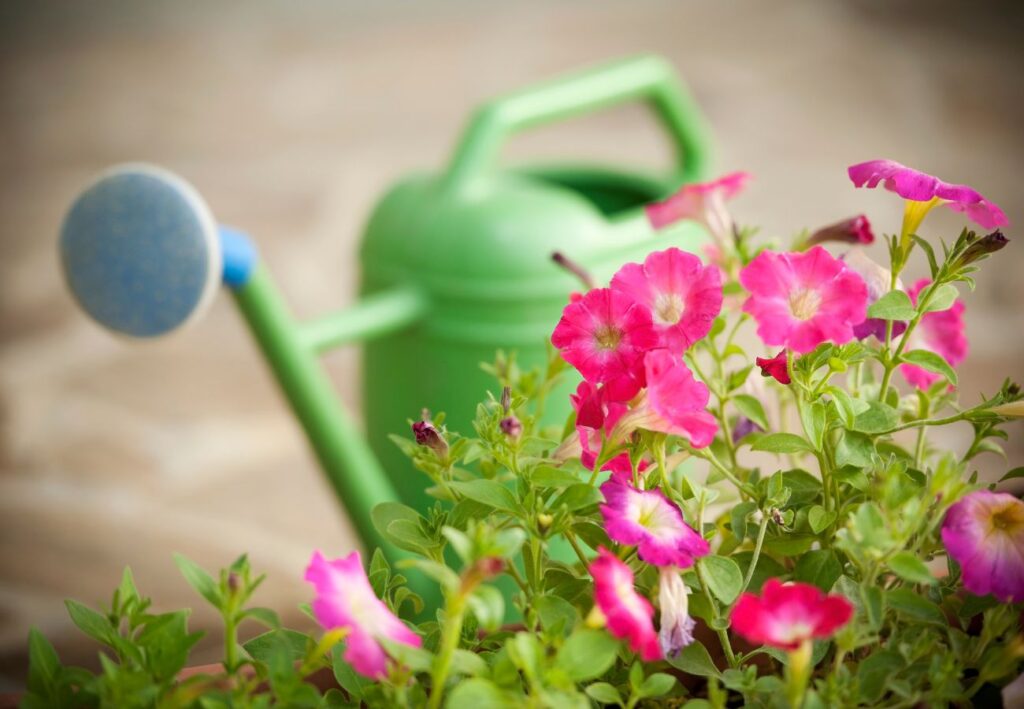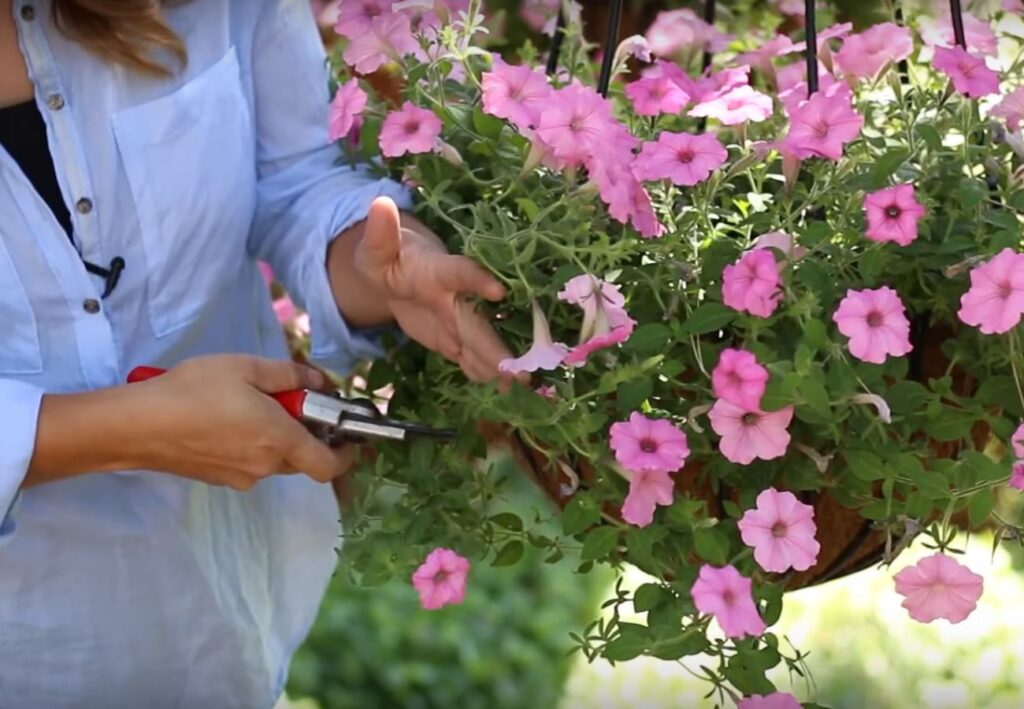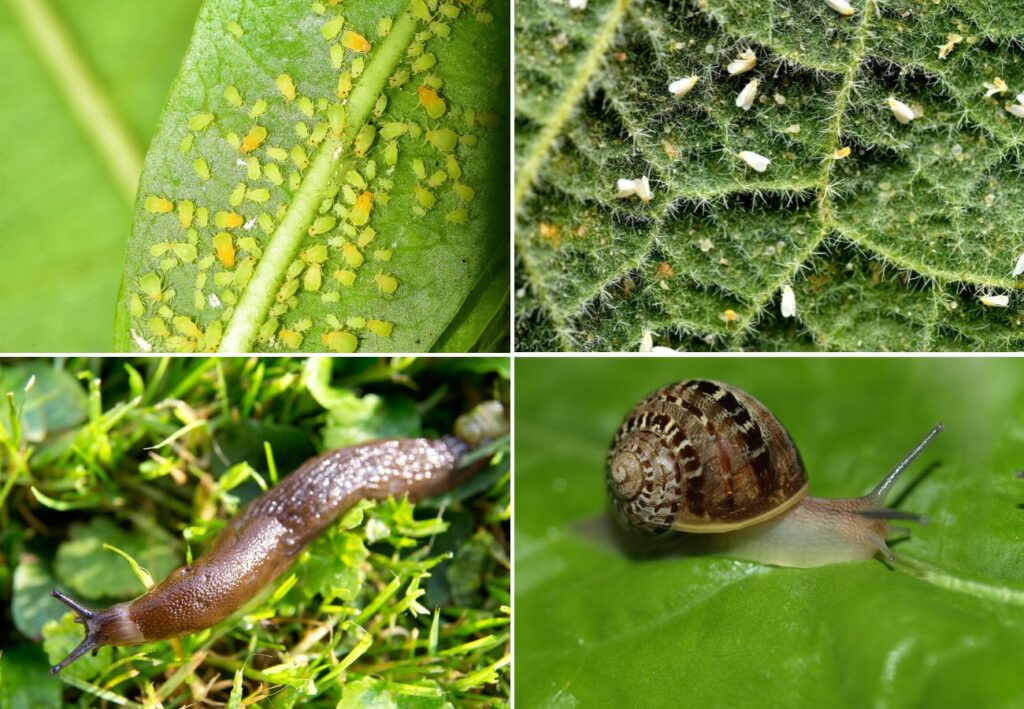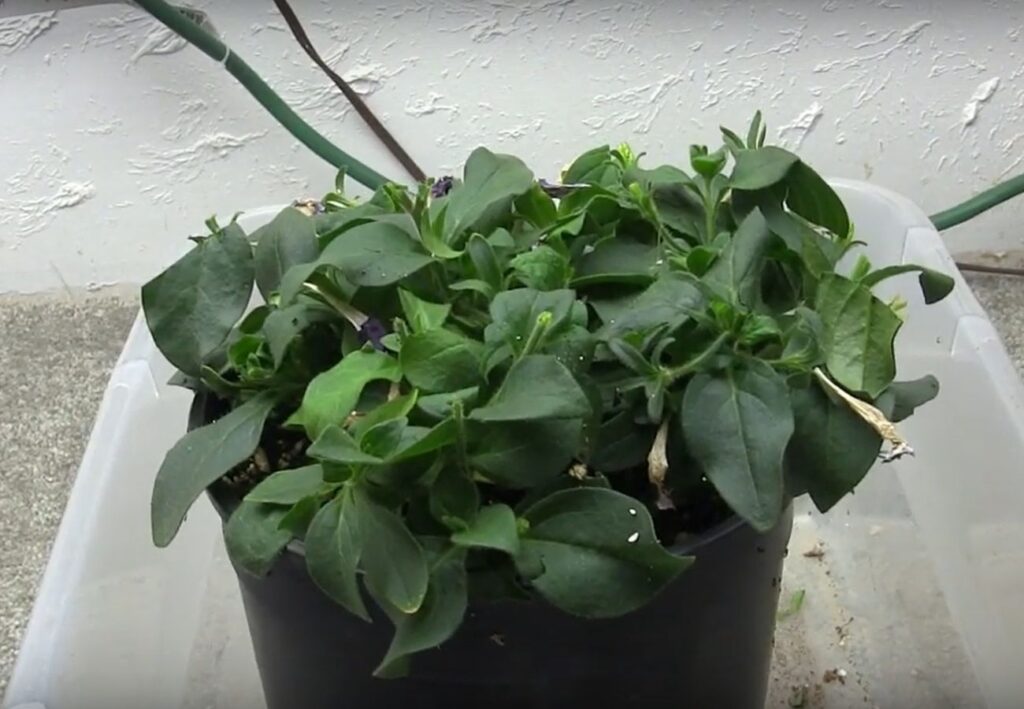When it comes to adding a splash of color to your garden, Wave Petunias are an excellent choice. These vibrant flowers are not only stunning but also easy to take care of, making them perfect for both beginners and seasoned gardeners.
Whether you’re planting them in garden beds or hanging baskets, their cascading blooms are sure to brighten up any space.
You’ll soon find that Wave Petunias are particularly hardy, capable of thriving in a variety of conditions. With the right amount of sunlight, water, and occasional feeding, you’ll enjoy a full season of continuous blooms.
The key to healthy Wave Petunias is consistent care and attention, ensuring they remain a vibrant part of your garden landscape.
Wave Petunias also come in a wide range of colors, allowing you to mix and match them according to your aesthetic preferences. From deep purples to bright pinks, these flowers can complement any garden theme.
Learn the essentials of Wave Petunia care to make the most of their beauty and durability, and watch your garden transform into a colorful paradise.
Understanding Wave Petunias
Wave petunias are a variety of petunias known for their spreading habit. Unlike traditional petunias, which tend to grow upright, wave petunias have a trailing growth pattern, making them ideal for ground covers, hanging baskets, and container displays.
These plants are particularly prized for their prolific blooming, which continues throughout the growing season with proper care.
Wave petunias come in several different series, including the original Wave, Tidal Wave, Easy Wave, and Shock Wave. Each series has its unique characteristics, such as bloom size, growth habit, and color range, but all share the same basic care requirements.
Choosing the Right Location
Wave petunias thrive in full sun, which means they need at least six hours of direct sunlight each day. When selecting a spot in your garden or deciding where to place your containers, ensure they will receive ample sunlight.
Insufficient light can lead to leggy growth and reduced flowering.
In addition to sunlight, wave petunias prefer well-draining soil. If planting in the ground, choose a location with good drainage to prevent waterlogged roots, which can lead to root rot and other issues.
For container gardening, use high-quality potting soil designed for flowering plants, and make sure your containers have drainage holes to allow excess water to escape.
Planting Wave Petunias
Planting wave petunias is relatively straightforward, but a few key steps can ensure they establish well and produce abundant blooms.
- Timing: Plant wave petunias after the last frost date in your area. These plants are sensitive to cold temperatures, and planting too early can stunt their growth or kill them. In most regions, late spring is the ideal time to plant.
- Spacing: When planting in the ground, space wave petunias about 12 to 24 inches apart, depending on the variety. This spacing allows them room to spread and prevents overcrowding, which can lead to poor air circulation and disease.
- Soil Preparation: Prepare the soil by incorporating organic matter such as compost to improve drainage and provide nutrients. If planting in containers, fill them with potting soil and consider adding a slow-release fertilizer to support growth.
- Planting Depth: Plant wave petunias at the same depth they were in their nursery containers. Avoid planting too deeply, as this can cause stem rot.
Watering Requirements
Proper watering is crucial for the health of wave petunias. These plants prefer consistently moist soil but do not tolerate waterlogged conditions. Here’s how to strike the right balance:
- Regular Watering: Water wave petunias deeply once or twice a week, depending on weather conditions. In hot, dry weather, you may need to water more frequently. The goal is to keep the soil evenly moist without allowing it to become soggy.
- Mulching: Applying a layer of mulch around the base of the plants can help retain soil moisture and reduce the frequency of watering. Mulch also helps regulate soil temperature and suppresses weeds, which can compete with petunias for nutrients and water.
- Container Watering: If you’re growing wave petunias in containers, they may need more frequent watering than those planted in the ground. Check the soil daily and water when the top inch feels dry to the touch.
Fertilizing for Maximum Blooms
Wave petunias are heavy feeders, meaning they require regular fertilization to support their vigorous growth and continuous blooming. Here’s how to fertilize for lush, vibrant blooms:
- Initial Fertilization: When planting, mix a balanced, slow-release fertilizer into the soil. This will provide a steady supply of nutrients over time.
- Ongoing Fertilization: Throughout the growing season, supplement with a liquid fertilizer every two weeks. Choose a fertilizer high in phosphorus (the middle number on the fertilizer label) to promote flowering. A typical ratio might be 10-30-20 or similar.
- Watch for Signs of Deficiency: If you notice yellowing leaves or reduced flowering, it may indicate a nutrient deficiency. In such cases, increase the frequency of fertilization or switch to a fertilizer specifically designed for blooming plants.
Pruning and Deadheading
While wave petunias are known for their self-cleaning nature (they shed spent blooms on their own), a little pruning and maintenance can go a long way in keeping them looking their best.
- Deadheading: Regular deadheading (removing spent flowers) isn’t strictly necessary for wave petunias, but it can encourage the plant to produce more blooms and maintain a tidy appearance. If you have the time, pinch off the faded flowers to redirect the plant’s energy toward new growth.
- Pruning: As the season progresses, wave petunias can become leggy or overgrown. Prune back long stems by about one-third to encourage bushier growth and more blooms. This is especially important if the plants begin to look sparse or straggly.
- Midseason Refresh: Around mid-summer, consider giving your wave petunias a more significant trim. Cut back the plants by up to half their size to rejuvenate them and stimulate a new flush of growth and flowering.
Dealing with Pests and Diseases
Wave petunias are generally robust plants, but they can still fall prey to common garden pests and diseases. Here’s how to keep them healthy:
- Aphids and Whiteflies: These tiny insects can infest wave petunias, sucking sap from the leaves and causing damage. If you notice a problem, treat with insecticidal soap or neem oil. Regularly inspect your plants to catch infestations early.
- Slugs and Snails: In damp conditions, slugs and snails can become a problem, chewing holes in the leaves. Use slug traps or organic slug pellets to manage these pests.
- Powdery Mildew: This fungal disease appears as a white, powdery coating on the leaves. Prevent powdery mildew by ensuring good air circulation around the plants and avoiding overhead watering. If it does occur, treat with a fungicide labeled for use on ornamental plants.
- Root Rot: Overwatering or poorly drained soil can lead to root rot, a condition that can quickly kill wave petunias. Ensure proper drainage and avoid waterlogging the soil to prevent this issue.
Overwintering Wave Petunias
In most climates, wave petunias are grown as annuals, meaning they complete their life cycle in one growing season. However, in warmer regions (USDA zones 9-11), they can be overwintered as perennials.
- Indoor Overwintering: If you live in a cooler climate but want to save your wave petunias for next year, you can try overwintering them indoors. Before the first frost, dig up the plants, pot them, and bring them indoors. Place them in a sunny window and reduce watering. They may not bloom as vigorously indoors, but they can survive until spring. Just cut them and they’ll start blooming again.
- Taking Cuttings: Another option is to take cuttings from your wave petunias and root them indoors. This way, you can start fresh with new plants the following year without having to overwinter the entire plant.
Wave petunias are a fantastic addition to any garden, offering vibrant color and lush growth throughout the growing season.
By providing them with the right location, proper watering, regular feeding, and a bit of pruning, you can enjoy a spectacular display of blooms from spring through fall.
With these care tips, your wave petunias will thrive, adding a burst of color and life to your garden, containers, or hanging baskets.
Whether you’re a seasoned gardener or a beginner, wave petunias are sure to reward you with their stunning beauty and ease of care.









